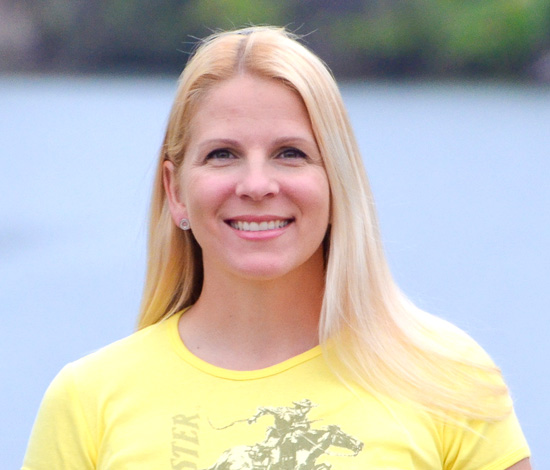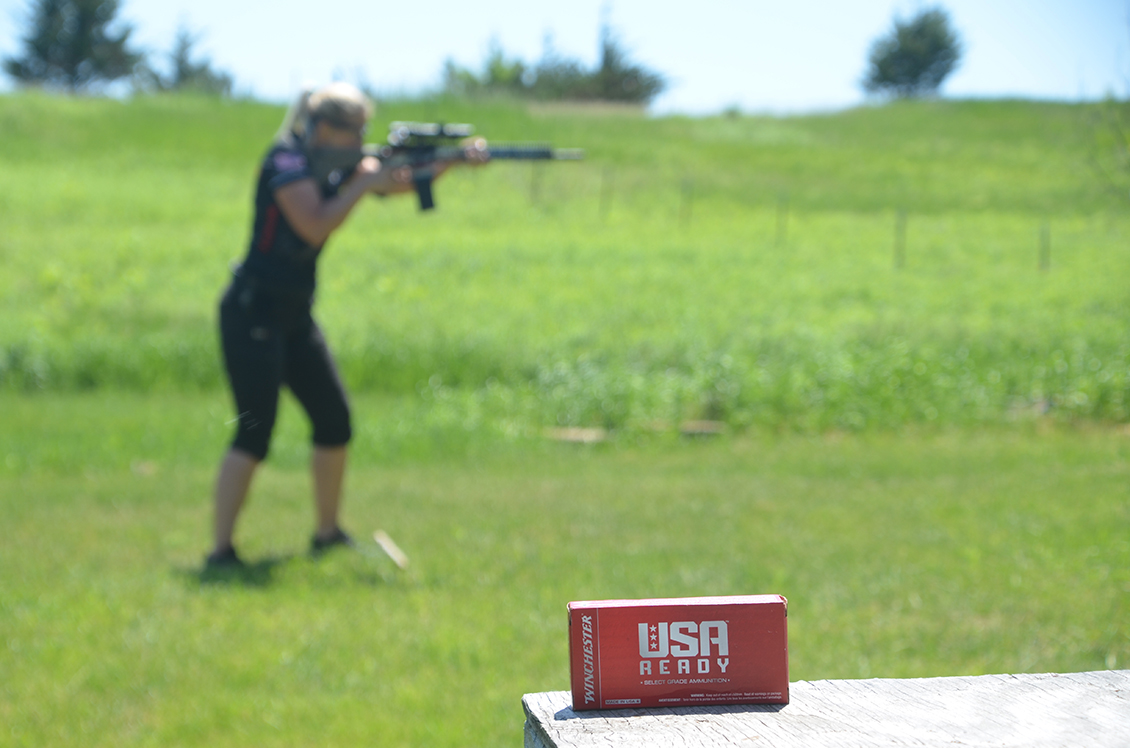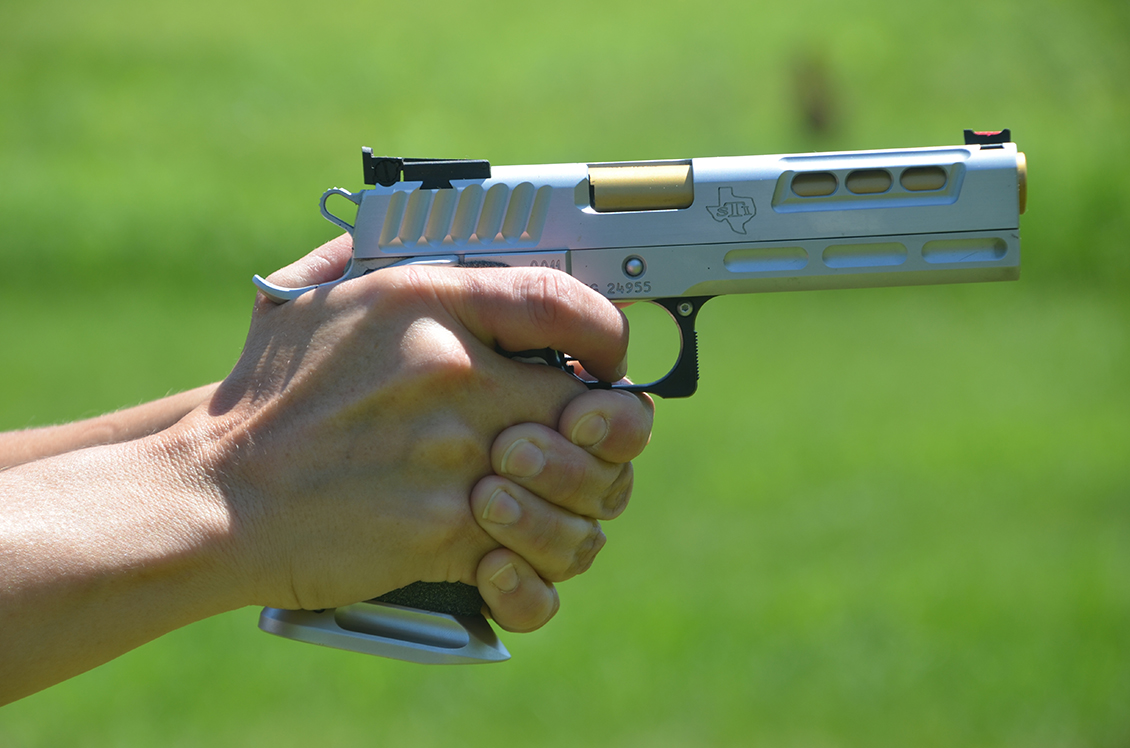Shooting Fundamentals
From the novice shooter to the seasoned competitor to the people who want confidence with their carry gun, there is always something we can do to improve our skills with firearms.
One of the recent classes I was at really drove home for me how helpful it can be to take smaller slices or fractions of a skill and work that small piece until it can be sequenced into the larger whole. Slowing down to focus on that small slice also gives us time to focus on the fundamentals of shooting. You hear people refer to that phrase so often, but what does it mean?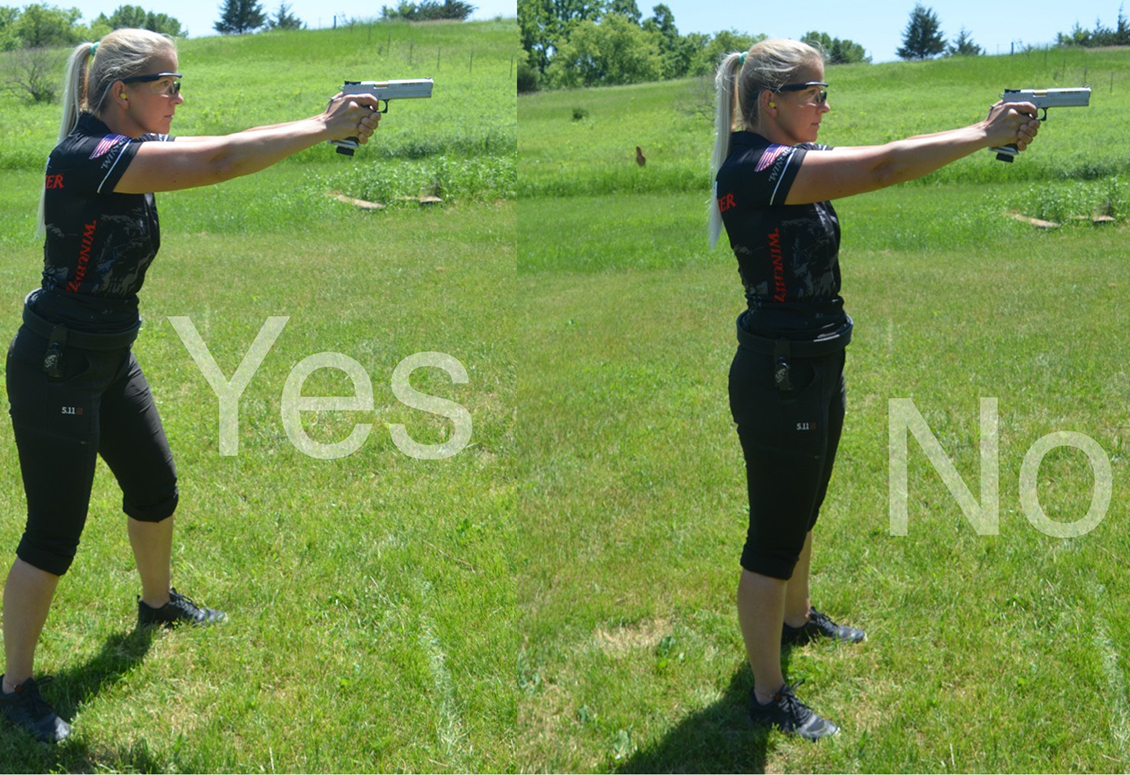
Fundamentally Sound
There are certain basic principles that apply to the act of shooting any firearm. For example, we need to align the sights. We also need to put the aligned sights in the correct place on the target. Once we have sights aligned and placed on the target, we need to pull the trigger without moving the sights. It’s that simple, but how do we get to a level of skill where you can do that correctly every time and fast? Well, you start with fundamental principles and break them down into smaller and smaller pieces—and you PRACTICE! Then you put those pieces together into the whole, perform the sequence of actions and voila!
Below, I’m going to share ways to break down some of the fundamentals of shooting so that you can build a good sequence and train your body to execute that sequence to get the results you want. For any firearm, grip, stance and trigger control are going to be the three fundamentals we can group into the category of “the most basic actions required to shoot a gun.”
Stance - How We Stand or Move With the Gun
How we stand will impact not just the shot we take but also subsequent shots and our ability to make them. Stance affects our speed, accuracy and how much we enjoy the act of shooting. A few fundamentals of stance are:
- Weight. We need to keep our weight over the balls of our feet or forward so that we can maintain our balance.
- Balance. The width of our feet and depth of our stance influence where our weight will be balanced and how we will maintain our balance.
- Functional tension. This means that we don’t stand like a limp noodle or passively. We need some functional tension. Think about the tension in your muscles as you do a bicep curl. Create that tension without a weight by pretending to curl a 20# weight — that’s what you want to feel. Your body will have some functional tension (for me, I feel it especially in my calves and forearms) when you are in the proper stance for shooting.
- Stance varies with respect to type/style of shooting we are doing. If I shoot on the move, I need to be much more aggressive in my stance than if I am standing and shooting from a static position.
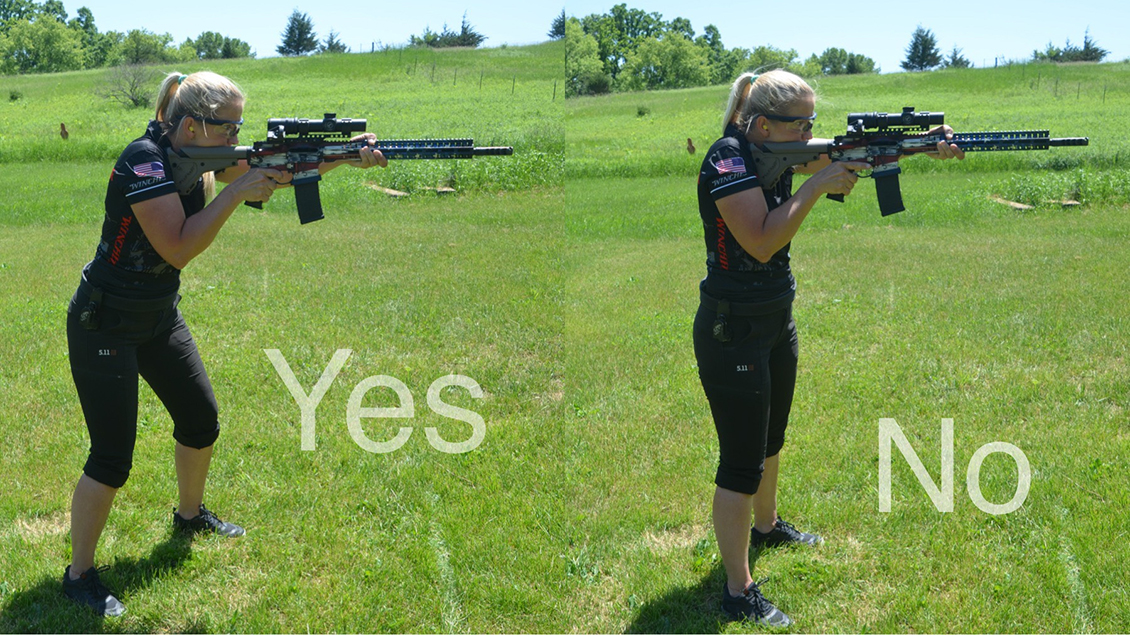
Grip - How We Hold the Gun
Gripping a gun is something you will find different interpretations of. But one constant (one fact of physics) is that the more still a gun is held, the less it moves. The less it moves, the easier it is to line up the sights and hit the target. Holding a gun still is accomplished by grip. While grip strength varies from person to person, where and how it is best to apply grip is pretty constant.
Fundamental points of grip:
- Your strong hand holds the gun high on the backstrap (pistol) or firmly around pistol grip (rifle/shotgun). The pressure in your hand should be from the front of the grip to the back of the grip. For a rifle, you want to also be pulling the gun back into your shoulder.
- Your weak hand should be gripping firmly with an attempt to get the heel of the palm even the smallest bit of “purchase” on the back of the pistol grip to give you leverage. If it’s a rifle or shotgun, your weak hand should be in line with the axis of the bore or barrel and that hand/arm will pull the gun back into your shoulder. For pistol, palms should meet and there should not be any gap between them.
- With the gun gripped firmly in both hands, we want to bring the gun up to our line of sight (pistol/rifle/shotgun) and firmly establish a cheek weld (rifle/shotgun).
Trigger Control - How We Pull the Trigger
Trigger control is the last bit of finesse we need to pull off to make a good shot. If we built a solid stance, grip the gun well, aligned the sights but fail to control the trigger, we rob ourselves of the joy of seeing what we can do by applying these first two fundamentals. Finesse with the trigger is something that takes time to build up. It’s why competition shooters “dry fire.” It’s why working with a firearm without ammo is actually something that can help us learn where the trigger breaks and what else happens afterward.
- Our goal should be to align our trigger finger so that our finger pulls the trigger straight back in a controlled “squeeze.”
- Squeeze the trigger and let off the trigger immediately while the gun is recoiling so you can begin the act of resetting the trigger. (This means do no “trap” the trigger rearward.)
- Learn trigger control. We can work on learning the feel of our trigger by dry firing a gun. SAFETY NOTE: Dry Firing should be done in a very mindful way: NO AMMO anywhere in the room. I dry fire facing the wall that is opposite a hill with nothing but the woods beyond. (Safety rule: Know your target and beyond.) Always check that your gun is clear and set a specific task. I use a piece of paper on the wall as an aiming point, but you can use something simple like a lightswitch plate cover. If you practice with dry fire, make the task as much like what you plan to shoot as possible. Bad habits are built by not performing a complete sequence. If you only draw and dry fire, and then immediately rack the gun so you can dry fire again, you train yourself to drop the gun instead of taking a follow-up shot or moving your sights to the next target. So, research dry fire exercises or buy a book. It will help you establish good habits in dry fire that will lead to good habits in real shooting.
Tying Things Together
One of the things I find myself needing to revisit every match is how I am addressing the need to stay focussed so that I am mentally ready. One of the instructors in a class I was part of this winter at Tactical Performance Center told me to think about my preparation when the range officer tells me that I can “make ready.” His advice was to focus on my sequence of actions, think about building my stance as I load the gun and prepare, think about my grip and set my grip as I take my last look at my first target, and think about the sight picture I need to see and the pressure I need to use on the trigger. While I know all of these things, the idea of “focus on the process” is something I really find helpful as I prepare for intense competitions.
I encourage you to get out and practice building a sequence when you shoot. Don’t just pull the trigger — make every round a purposeful action that is the end of a sequence of actions or the start of the next sequence. Be very mindful and intentional and you will get more from your time on the range that you thought possible!
RELATED CONTENT:
